All about pipe grooves
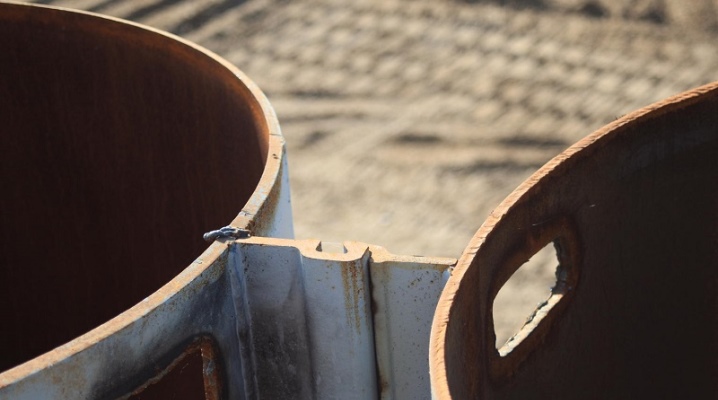
The article briefly and succinctly tells about pipe grooves. The device of a tongue-and-groove from a pipe with a diameter of 219 mm and other dimensions is described. Information from GOST of tubular welded sheet pile is given, and the technology of production of such products is described.
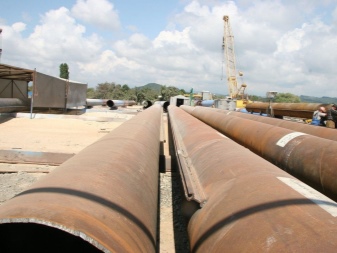
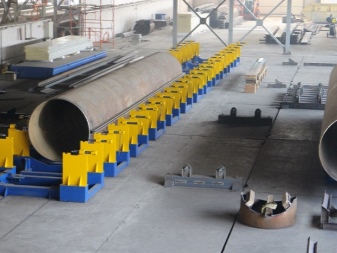
Features of the device
A tubular sheet pile, or more fully - a tubular sheet pile, is a combination of a pipe with a paired block of locks. These locks, which must necessarily be spatially conjugated, are welded to the main tubular contour. Usually they are attached to the ends. The welded tubular sheet pile, also abbreviated as SHTS, is used more often not individually, but as part of an assembly called a pipe sheet pile scheme. A similar engineering object is created from series-connected blocks, which are immersed one by one into the soil.
Depending on the technical problem being solved, the product can be additionally equipped with:
- buttress;
- gaps;
- belts of special harness;
- anchor parts.
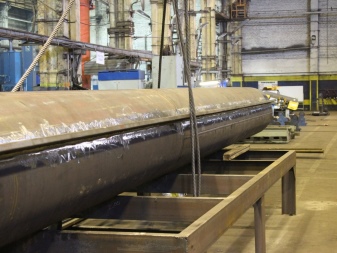

The tubular component must be of one piece design (without breaks along the length), but with a cavity inside. This type of construction is robust and resists bending forces very well. What is important, it also differs in rigidity identical in all directions, therefore it can be operated stably. The difference concerns the fact that such models are both straight and curved.
Pipes of considerable height necessarily have special anchors, that is, rods made of strong steel. Such anchor points are anchored in the contacting soil mass. The depth of the anchors is calculated in such a way that collapse is excluded. The ring shape fully complies with the standards of resistance.
Advanced pipe grooves are characterized by low metal consumption and an excellent level of safety.
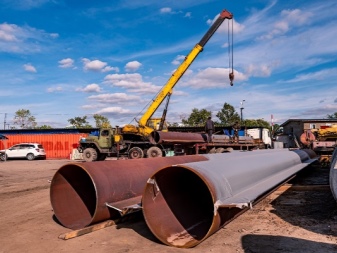
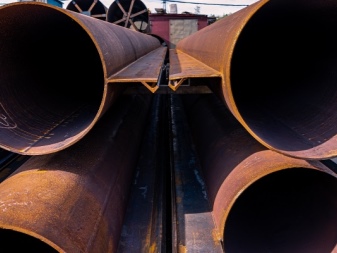
Specifications
The tubular welded sheet pile used in Russia must necessarily comply with the standards of GOST 52664, adopted in 2010. It is worth noting that manufacturers have the right to develop their own specifications for a pipe product of this kind - provided that they are no less strict in terms of content. The standards are as follows:
- use of straight seam welded or seamless hot rolled pipes;
- obtaining locks from shaped profiles, either cut hot-rolled, or from heterogeneous rolled products;
- strictly specified completeness;
- mandatory delivery in batches of only products of the same standard size.
Modern pipe grooves are carefully calculated using computer simulation methods. That is why they are significantly ahead of Larsen sheet piles and other traditional designs. The type of profile from which such a product is obtained is specially negotiated when ordering and in the project documentation. The general strength of the finished product is also necessarily normalized, deviations from which are not allowed. Large suppliers can supply oversized goods to order (about several tens of meters in length).
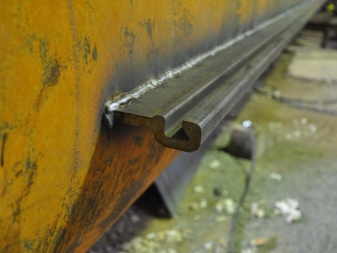
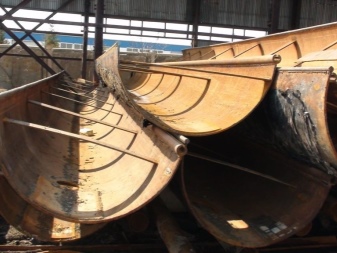
Production technology
For the manufacture of sheet piles from a pipe, both new and restored tubular structures can be used. As already noted, for this purpose, it is permissible to use both solid rolled and electrically welded tubular parts. First, the material is prepared and brought to the desired condition. Then, by welding, a tongue-and-groove lock is welded on both sides.In some cases, the pipe groove has the shape of the letter C, but much more often one-piece elements are used. The C-shaped version is obtained by dissecting the structure. A special dissection goes along the base. The pipe element is reinforced with a head.
The additional tie also increases the overall strength of the product. Both types - split and monolithic - are equally suitable for areas with difficult conditions. The contour was also calculated taking into account the considerations that the sheet pile would be perfect for forming the formwork. Dozens of engineers have worked to solve this problem over the years. Anti-corrosion treatment can significantly increase the service life of finished products.
But in order to exclude errors, you need to carefully study in advance the operational parameters of the manufactured product.
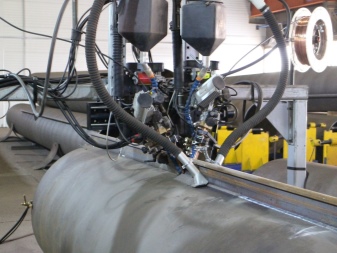
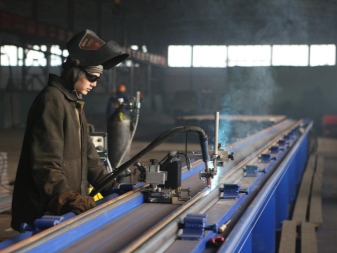
Profiles can be made of steel categories (grades):
- St3ps;
- St3sp;
- St3ps3;
- St3sp3.
Strength classes stipulated by the standard in Russia:
- C235;
- C245;
- C255;
- C275;
- K50;
- K52.
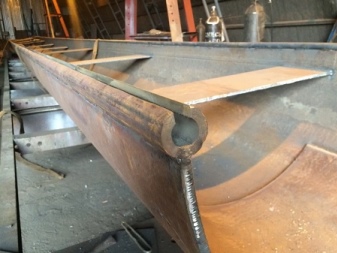
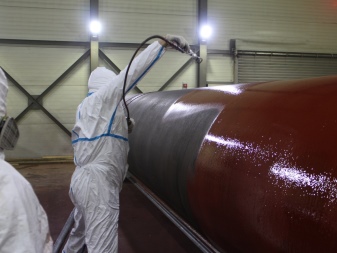
During instrumental measurement, carefully check that the pipe sheet pile is no less strong than the original pipes. The use of pre-prepared welded joints is permissible according to the standard. They must be strictly in cross-section. Welding in these cases is allowed both with direct contact and with an electric arc using a universal technique. The deviation of the joints in terms of strength between themselves and in relation to the adjacent elements is not allowed.
The pipe grooves from leading manufacturers have a diameter of 219, 426 or 820 mm. This is the kind of product that our companies can offer. A distance of at least 3 m is maintained between the pipe joints. In the process of accepting finished products, it is imperative to check:
- the level of skewing of the end planes;
- welds (if necessary - with instrumental reinforcement assessment);
- the state of the joint of the lock with the pipe (by selective flaw detection);
- the accuracy of the location of the locks on the surface of the main workpiece;
- geometry and mutual positioning of edges at the joints.
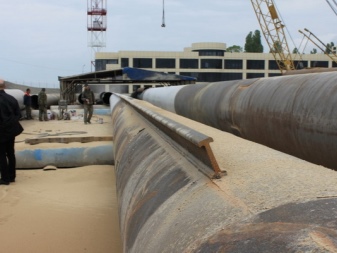

To obtain SHTS profiles in industrial conditions, special stands are used. Trough-type semi-profile locks are used in most cases, unless otherwise expressly stipulated by the standard or customer requirements. If necessary, instead of them, semi-profiles of a flat sheet pile are used, produced by cutting a full-format profile in the longitudinal axis.
If a previously used pipe is used as a blank, then it must undergo a full-scale technical test. The manufacturer always sets the lowest negative temperature at which the installation of the pipe sheet pile is possible.
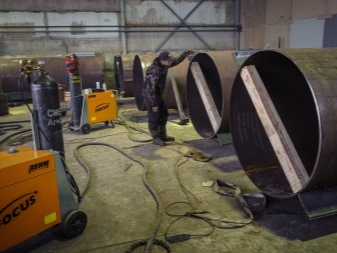
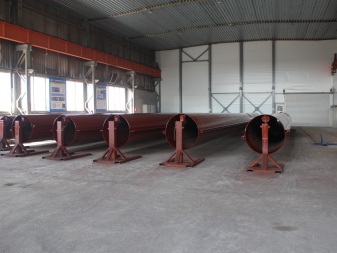
Application of pipe sheet piling
Similar products are used as:
- water-impermeable barrier;
- retainer of soil slippage in hydraulic structures;
- temporary barrier around a trench or foundation pit;
- auxiliary means for conducting engineering and construction activities in autonomous objects.
The usage rates are as follows:
- on the sand - with pits deeper than a meter;
- on sandy loam - at a depth of more than 1 ¼ m;
- on clay - at a depth of 1.5 m;
- on especially dense ground - at a depth of more than 2 m.
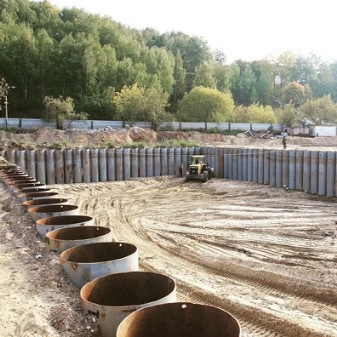
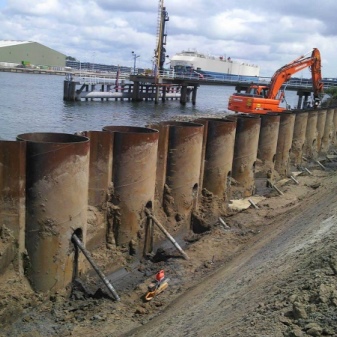
Pipe grooves are used only with the involvement of specialized machines. The most important role is played by:
- copra;
- standard platforms on which those copra are placed;
- hammering hammers, hydraulic hammers or vibrating submersibles.
Such designs save resources and are environmentally friendly. They are technologically efficient. With the help of pipe piles, retaining walls, various hydraulic and transport structures are equipped.
Excellent ice load tolerance is guaranteed. The need for special repairs will be absent for a long time.
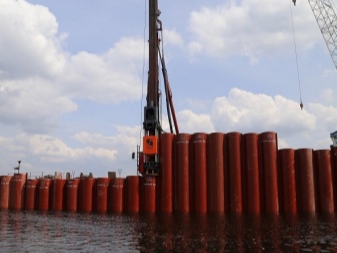
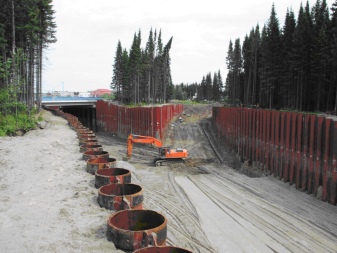







The comment was sent successfully.